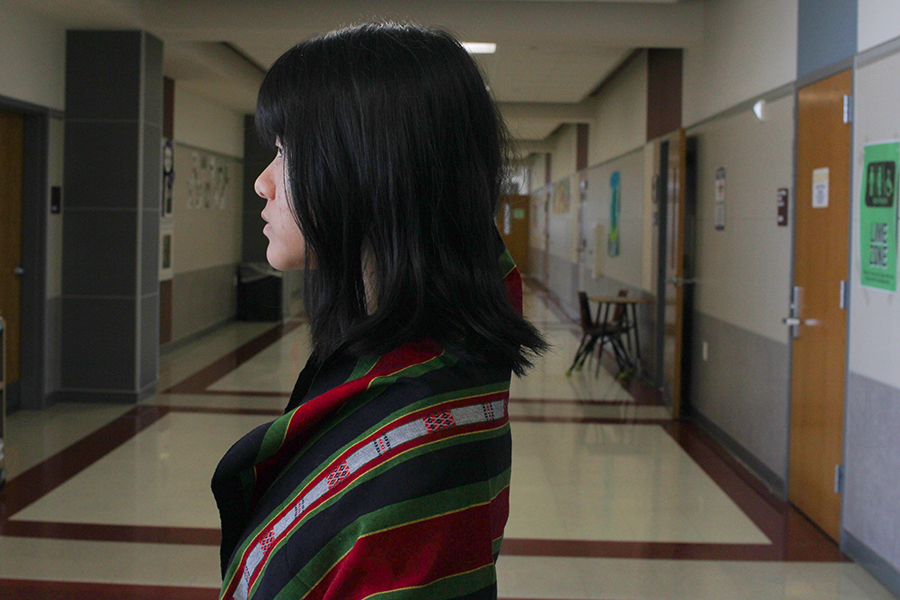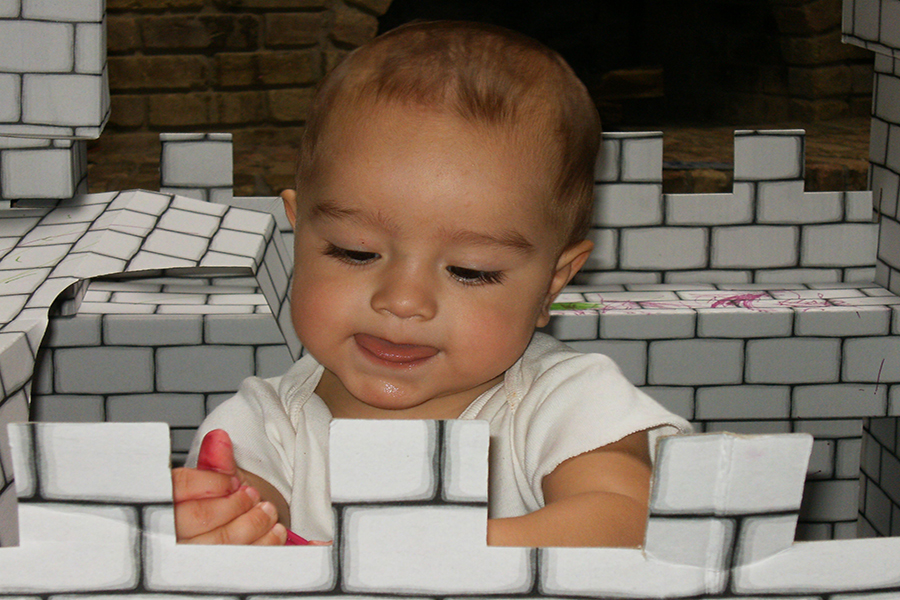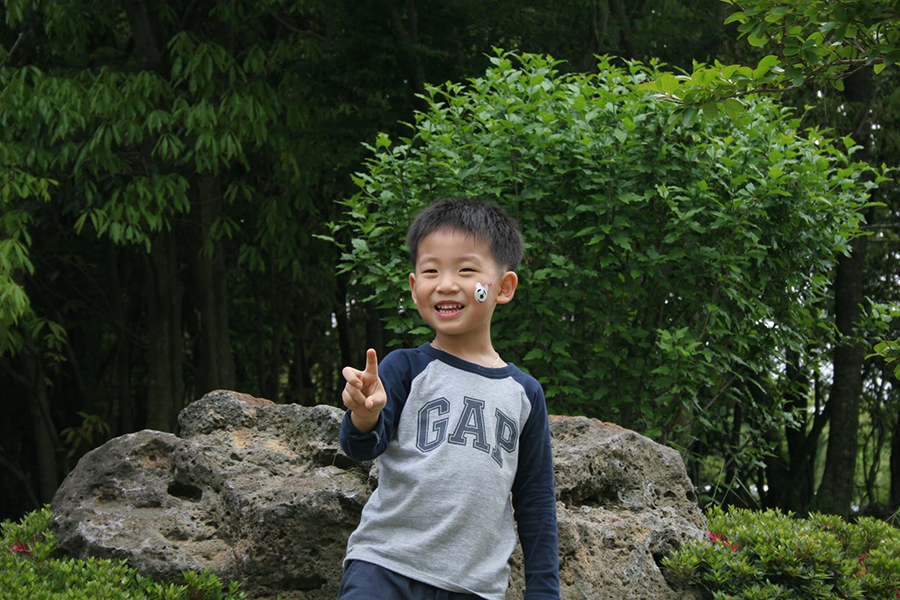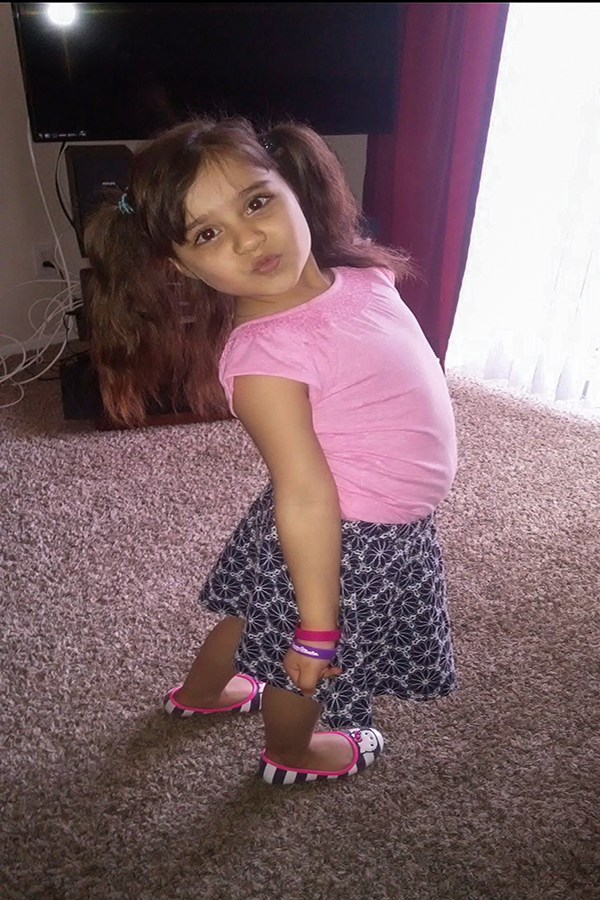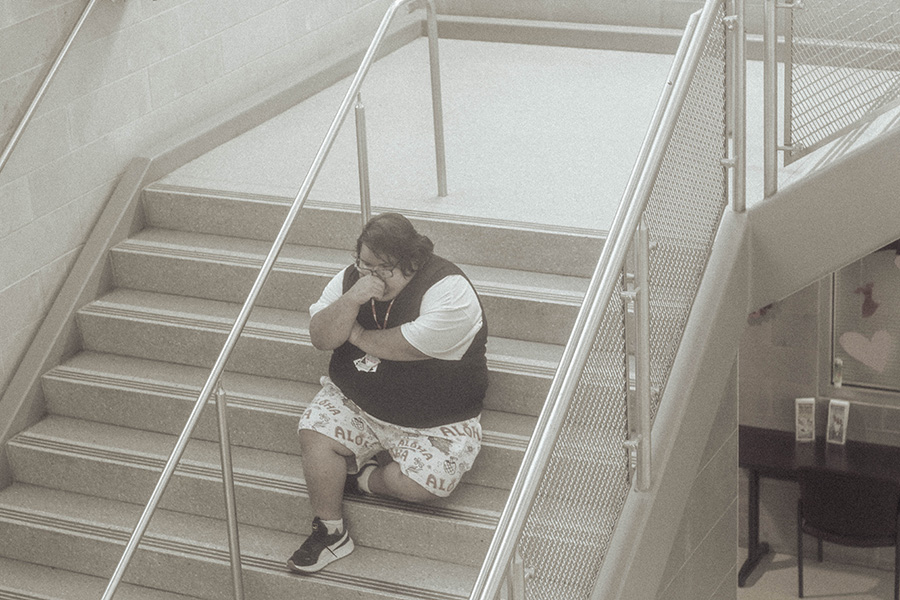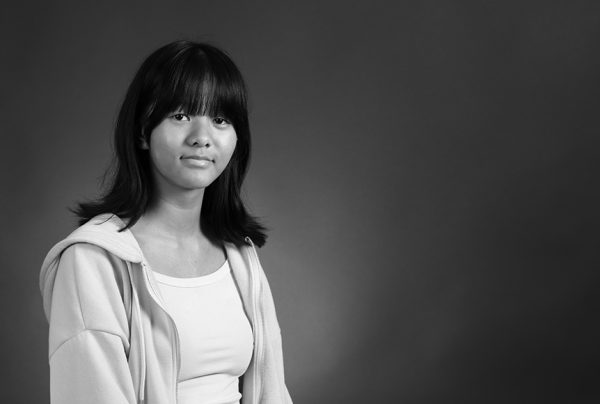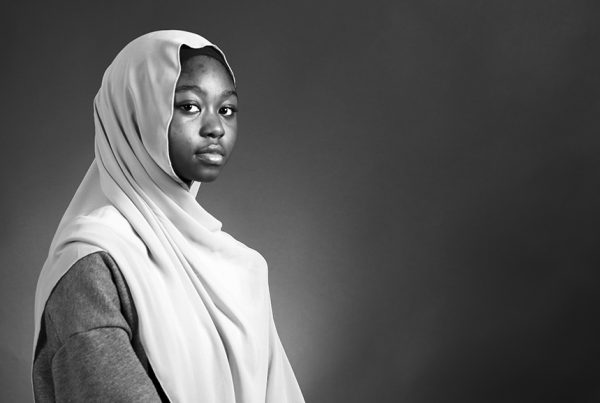When people say “Asian,” they don’t mean me.
They mean East Asians and their sushi, K-pop, anime and dumplings. The glossy, exportable kind of Asian. They think of porcelain skin and monolids — things they either mock in middle school or fetishize in adulthood.
But they don’t think of me, a daughter of the Chin people from Burma. A Falam girl. A name most can’t pronounce, let alone place on a map.
You love our turmeric, our textiles, our “resilience”— but do you love us? You sip your chai on $15 yoga mats made in factories that look like my grandfather’s village after the military raided it. You sprinkle our spices on your food without knowing whose hands bled to grow them.
You steal our tiger stripes and mock the place we come from.
I learned early on that I was considered too dark, too poor, too “ethnic.” The lunches I brought to school. The way I had to translate things beyond a seven year old’s comprehension. The way my father became smaller in rooms so people wouldn’t mistake his silence for stupidity.
And now those same features — our skin tones, eyes and sacred foods are repackaged and sold back to us through beauty trends and Netflix series.
This is the cost of invisibility. It means knowing your entire people could disappear and the world wouldn’t blink.
But we are the makers of history. Asia was the cradle of invention. Our ancestors pioneered metallurgy, astronomy, textiles and trade. The silk that draped European royalty came from our looms. The spices that funded entire empires were farmed by our hands.
However, no one talks about that. They just want our pho and our fashion and I carry that grief every day. It’s woven into who I am. So no, I don’t feel “seen” during Asian American and Pacific Islander month.
What I feel is rage because the world remembers us when it’s convenient. Because you love the idea of Asia. But you do not love us.
Don’t just wear our patterns. Learn our history. Don’t just eat our food, protect our people. Don’t just tag us in May. Stand with us every day.

